

Articles
What Washer Setting For Comforter
Modified: March 2, 2024
Discover the best washer setting for comforter articles. Find out how to properly clean and care for your comforter to extend its lifespan.
(Many of the links in this article redirect to a specific reviewed product. Your purchase of these products through affiliate links helps to generate commission for Storables.com, at no extra cost. Learn more)
Introduction
Welcome to our comprehensive guide on selecting the appropriate washer setting for your comforter. Washing a comforter can be a tricky task, as different fabrics and constructions require different care methods. By using the right washer setting, you can ensure that your comforter comes out clean and refreshed without any damage. In this article, we will delve into the various types of comforters and provide recommendations on the ideal washer settings for each.
Before we dive into the specifics, it’s important to understand the fabric and construction of your comforter. This knowledge will help you make informed decisions while selecting the appropriate washer setting to ensure the longevity and quality of your comforter.
Cotton comforters are widely popular due to their durability and breathability. They are typically made from natural fibers, providing a soft and cozy sleeping experience. Synthetic comforters, on the other hand, are crafted from man-made materials such as polyester. These comforters are hypoallergenic and are known for their resistance to wrinkles and shrinking. Lastly, down comforters are known for their exceptional insulation properties, as they are filled with feathers or down clusters.
Now that we have a basic understanding of the different types of comforters, let’s explore the recommended washer settings for each category. Keep in mind that these are general guidelines, and it is always advisable to consult the care instructions provided by the manufacturer before proceeding with washing your comforter.
Key Takeaways:
- Choose the Right Washer Setting: Select a gentle or delicate cycle for cotton and synthetic comforters, and use a front-loading machine for down comforters. Follow manufacturer instructions to ensure optimal cleanliness and preservation.
- Proper Drying Techniques: Avoid high heat for cotton comforters, use low-heat settings for down comforters, and consider air drying if recommended. Ensure thorough drying to prevent mold and maintain comforter quality.
Read more: What Size Washer For King Size Comforter
Understanding Comforter Fabric and Construction
When it comes to washing your comforter, it is crucial to understand its fabric and construction. Each type of comforter requires specific care methods to prevent damage and maintain its quality. Let’s explore the different fabric and construction options commonly found in comforters:
Cotton Comforters:
Cotton comforters are a popular choice due to their natural breathability and softness. They are often made from 100% cotton fabric or a blend of cotton and other materials. These comforters can usually be machine washed, but it is important to check the care instructions to ensure you are using the appropriate washer settings.
For cotton comforters, it is generally recommended to use a gentle or delicate cycle on your washing machine. This will help prevent the fabric from being overly agitated and reduce the risk of any damage. Choosing a mild detergent without bleach or harsh chemicals is also advisable to protect the fabric’s integrity. Keep in mind that excessive heat can cause cotton comforters to shrink, so it is best to opt for a low-temperature setting while drying.
Synthetic Comforters:
Synthetic comforters are made from man-made materials such as polyester. They are known for their hypoallergenic properties and resistance to wrinkles and shrinking. Synthetic comforters are relatively easy to clean, and most can be machine washed.
To wash a synthetic comforter, select a gentle or delicate cycle on your washing machine. Use a mild detergent and avoid using bleach or fabric softeners, as these can cause the fabric to become less effective in retaining warmth. Synthetic comforters can withstand higher temperatures during drying, but it is still advisable to use a lower heat setting to prevent excessive wear and tear.
Down Comforters:
Down comforters are known for their exceptional warmth and insulation properties. They are filled with feathers or down clusters, which require special care to maintain their fluffiness and loft.
Most down comforters are dry clean only, so it is essential to check the care instructions provided by the manufacturer. Dry cleaning helps retain the quality of the down filling and prevents clumping. If your down comforter is machine washable, it is crucial to use a front-loading washing machine to prevent excessive agitation. Choose a gentle or delicate cycle and a mild detergent specifically formulated for down products.
In addition to the fabric and construction, consider the weight and size of your comforter when selecting the appropriate washer setting. Larger comforters may require a commercial-sized washing machine or a trip to a laundromat to ensure thorough cleaning without overcrowding the machine.
Now that we have a good understanding of comforter fabric and construction, let’s move on to the recommended washer settings for each type of comforter to ensure optimal cleanliness and preservation.
Read more: How To Make A Dining Chair More Comfortable
Recommended Washer Settings for Cotton Comforters
Cotton comforters are a popular choice for their breathability and softness. When it comes to washing cotton comforters, it is important to use the right washer settings to ensure a thorough clean without damaging the fabric.
Machine Washable Cotton Comforters:
If your cotton comforter is labeled as machine washable, you can safely clean it in your washing machine. Follow these recommended washer settings for the best results:
- Choose a gentle or delicate cycle: This will minimize the risk of agitating the fabric excessively and causing damage.
- Use a mild detergent: Opt for a detergent specifically formulated for delicate fabrics or a gentle detergent suitable for cotton materials. Avoid bleach or harsh chemicals, as these can weaken and discolor the fabric.
- Wash in cold or warm water: High temperatures can cause cotton to shrink, so it is best to select a lower temperature setting to preserve the size and shape of the comforter.
- Consider a second rinse: This will help ensure all the detergent is thoroughly rinsed out of the comforter, leaving it fresh and clean.
After the wash cycle, it is important to properly dry your cotton comforter. Let’s explore the recommended drying methods for cotton comforters in the next section.
Recommended Washer Settings for Synthetic Comforters
Synthetic comforters, crafted from man-made materials such as polyester, are known for their hypoallergenic properties and resistance to wrinkles and shrinking. Washing your synthetic comforter with the right washer settings will help maintain its quality and cleanliness.
Machine Washable Synthetic Comforters:
If your synthetic comforter is labeled as machine washable, follow these recommended washer settings:
- Select a gentle or delicate cycle: This will ensure that the fabric is not overly agitated, reducing the risk of damage.
- Use a mild detergent: Choose a detergent that is suitable for synthetic fabrics and free from bleach or fabric softeners.
- Wash in warm or cool water: Synthetic fabrics can tolerate slightly higher temperatures, but it is best to avoid hot water to prevent any potential damage or shrinking.
- Consider an extra rinse cycle: This can help ensure that all detergent residue is thoroughly rinsed out, leaving your comforter fresh and clean.
Once you have completed the wash cycle, it’s time to dry your synthetic comforter. Let’s explore the recommended drying methods in the next section.
Read more: What Is A Comfortable Outdoor Humidity
Recommended Washer Settings for Down Comforters
Down comforters, known for their exceptional warmth and insulation properties, require special care to maintain their loft and fluffiness. While most down comforters are dry clean only, if your down comforter is labeled as machine washable, follow these recommended washer settings:
Machine Washable Down Comforters:
If your down comforter is machine washable, it is crucial to use the appropriate washer settings to prevent damage to the delicate down filling:
- Use a front-loading washing machine: Front-loading machines are generally gentler on down comforters as they have no central agitator that can cause excessive agitation.
- Select a gentle or delicate cycle: This will help minimize any potential damage to the down clusters.
- Use a mild detergent specifically formulated for down products: Avoid using regular detergent as it may strip the natural oils from the down, reducing its insulation properties.
- Wash in cold water: Hot water can damage the down clusters and cause them to clump together. Cold water helps preserve their loft and fluffiness.
- Consider adding a couple of tennis balls or dryer balls: This can help to redistribute the down filling and prevent clumping during the wash cycle.
After washing, it is important to dry your down comforter thoroughly. Let’s explore the recommended drying methods in the next section.
Tips for Washing Comforters Safely
Washing your comforter can be a delicate task, but with some careful preparation and attention to detail, you can ensure a safe and effective cleaning process. Here are some tips to help you wash your comforter safely:
Read the care instructions:
Always check the care instructions provided by the manufacturer before attempting to wash your comforter. Different comforters may have specific requirements or restrictions, such as being dry clean only or requiring special cleaning agents.
Read more: What Is The Most Comfortable Mattress
Choose the right washer size:
Ensure that your comforter has enough room to move freely in the washing machine. Overcrowding the machine can lead to inadequate cleaning or even damage to the comforter. If your comforter is too large for your home washing machine, consider using a commercial-sized machine or bringing it to a laundromat with larger machines.
Mend any tears or loose threads:
Prior to washing, inspect your comforter for any tears or loose threads. Repair these issues or secure them to prevent further damage from occurring during the wash cycle.
Pretreat stains:
If your comforter has any stains, treat them prior to washing. Use a stain remover appropriate for the fabric type and follow the instructions provided. Allow the stain remover to penetrate the fabric for the recommended time before proceeding to wash the comforter.
Use a gentle detergent:
Opt for a mild detergent that is suitable for delicate fabrics. Harsh detergents can damage the fabric and impact the comforter’s overall quality. Avoid using bleach or fabric softeners unless explicitly recommended by the manufacturer.
Follow recommended washer settings:
Refer to the specific recommended washer settings for your comforter type, whether it is cotton, synthetic, or down. These settings have been designed to provide the best balance between effectively cleaning the comforter while minimizing the risk of damage.
Dry thoroughly:
Properly drying your comforter is essential to prevent moisture buildup and potential mold or mildew growth. Follow the recommended drying methods discussed in the subsequent section to ensure your comforter is thoroughly dried.
By following these tips, you can safely clean your comforter and maintain its quality and longevity. However, if you are unsure or uncomfortable with washing your comforter at home, it is always a good idea to seek professional cleaning services to ensure the best results.
Drying Methods for Comforters
Properly drying your comforter is crucial to ensure that it is thoroughly clean and free from any moisture. The drying process also plays a significant role in preserving the quality and fluffiness of your comforter. Let’s explore the recommended drying methods for different types of comforters:
Cotton Comforters:
When drying cotton comforters, it is important to avoid using high heat, as this can cause the fabric to shrink. Instead, opt for a low-temperature setting on your dryer. To help fluff up the comforter, consider adding a couple of tennis balls or dryer balls to the dryer. These will help to break up any clumps and evenly distribute the filling, resulting in a more comfortable and cozy comforter. It is advisable to periodically check the comforter during the drying process to ensure it is drying evenly and to prevent overheating.
Synthetic Comforters:
Synthetic comforters are more resistant to high temperatures and can generally withstand a higher heat setting in the dryer. Check the care instructions for any specific temperature recommendations. To ensure even drying and prevent clumping, add a few clean towels to the dryer along with the comforter. The towels will help in absorbing excess moisture and create a more efficient drying process. Avoid overloading the dryer to allow proper airflow and to prevent any potential damage to the comforter.
Down Comforters:
Down comforters require special attention and care when it comes to drying. It is important to dry them thoroughly to prevent any moisture buildup that can damage the down clusters and lead to an unpleasant odor. If your down comforter is machine washable, use a low-heat setting in the dryer. It is recommended to add a couple of clean tennis balls or dryer balls to the dryer to help fluff up the down filling and prevent clumping. Additionally, periodically check the comforter during the drying process to ensure even drying and adjust the heat if necessary.
Air Drying:
If you prefer to avoid using a dryer or if the care instructions recommend air drying, you can opt to hang your comforter outdoors or lay it flat on a clean and ventilated surface. When air drying, make sure the comforter is spread out evenly to facilitate proper airflow and prevent any moisture from becoming trapped. It is important to note that air drying may take a longer time compared to using a dryer, so plan accordingly.
Regardless of the drying method used, it is essential to ensure that your comforter is completely dry before storing or using it. Any lingering moisture can lead to mold or mildew growth, which can severely damage the comforter and compromise its overall quality.
By following these recommended drying methods, you can safely and effectively dry your comforter, ensuring that it remains clean, fresh, and in excellent condition.
Final Thoughts and Recommendations
Washing and caring for your comforter properly is essential to maintain its quality, cleanliness, and longevity. Here are some final thoughts and recommendations to help you with this process:
1. Follow manufacturer instructions: Always refer to the care instructions provided by the manufacturer for your specific comforter. They will provide valuable guidance on the best cleaning methods and washer settings tailored to your comforter’s fabric and construction.
2. Spot clean when possible: To prolong the time between washes, consider spot cleaning any minor stains or spills on your comforter. Use a mild detergent and gently dab the affected area with a clean cloth. This can help preserve the overall quality of your comforter and minimize the need for frequent washing.
3. Use a duvet cover: To protect your comforter from dirt, stains, and excessive wear, consider using a duvet cover. A duvet cover acts as a protective barrier and can be easily removed and washed separately, reducing the frequency of washing the comforter itself.
4. Regularly fluff and air out: To maintain the loft and fluffiness of your comforter, shake it out and fluff it regularly. Additionally, allowing your comforter to air out occasionally can help eliminate any trapped odors and keep it fresh.
5. Store properly: When not in use, store your comforter in a cool, dry place. Avoid storing it in plastic bags or airtight containers, as this can trap moisture and lead to unpleasant odors or potential mold growth. Instead, use a breathable fabric storage bag or place it in a spacious linen closet.
6. Consider professional cleaning: If you are unsure or uncomfortable with washing your comforter at home, consider taking it to a professional cleaner who specializes in handling large and delicate items. They will have the expertise and equipment necessary to clean your comforter safely and effectively.
Remember, every comforter is unique, and there may be specific care instructions or guidelines that apply to yours. Always prioritize the care instructions provided by the manufacturer for the best cleaning results and to ensure the longevity of your comforter.
By following these tips and recommendations, you can confidently wash and care for your comforter, keeping it clean, fresh, and cozy for years to come.
Frequently Asked Questions about What Washer Setting For Comforter
Was this page helpful?
At Storables.com, we guarantee accurate and reliable information. Our content, validated by Expert Board Contributors, is crafted following stringent Editorial Policies. We're committed to providing you with well-researched, expert-backed insights for all your informational needs.
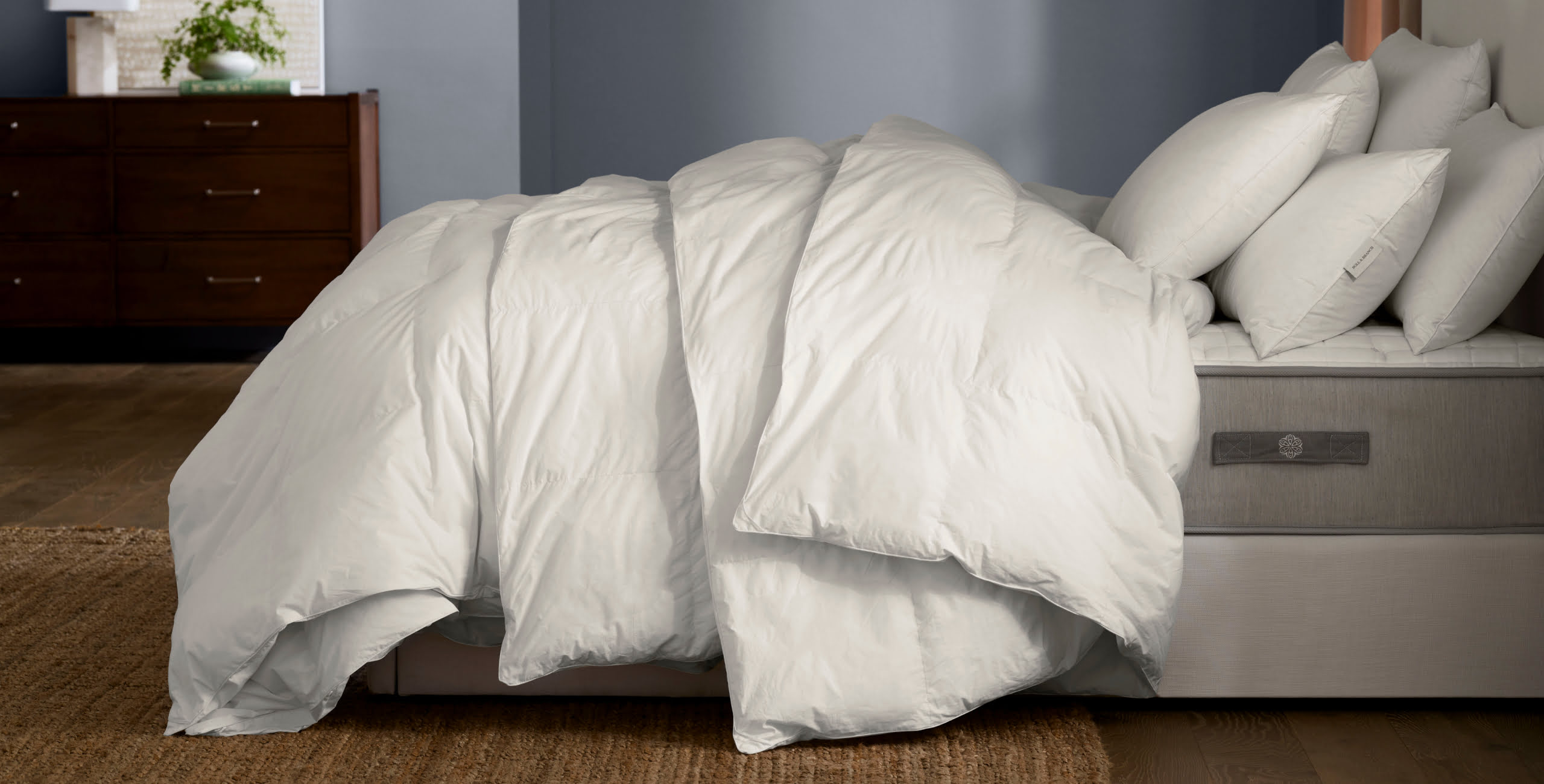
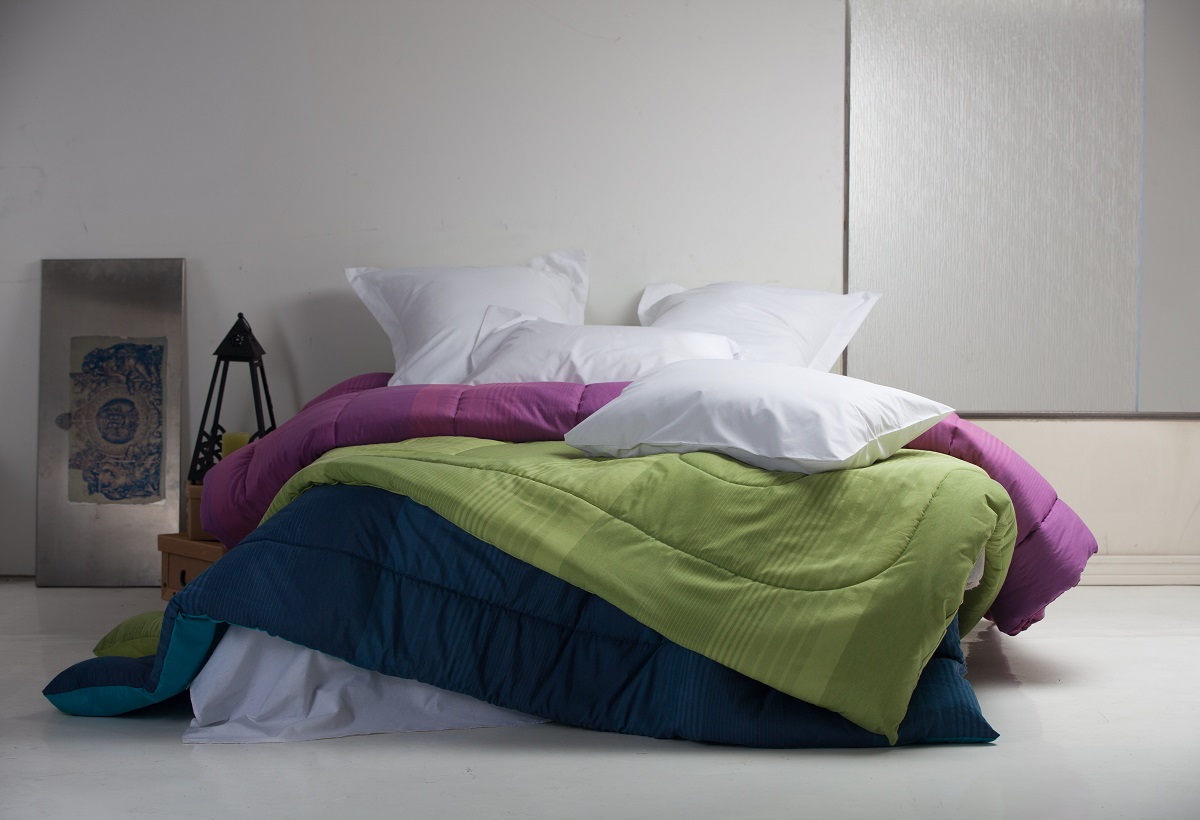
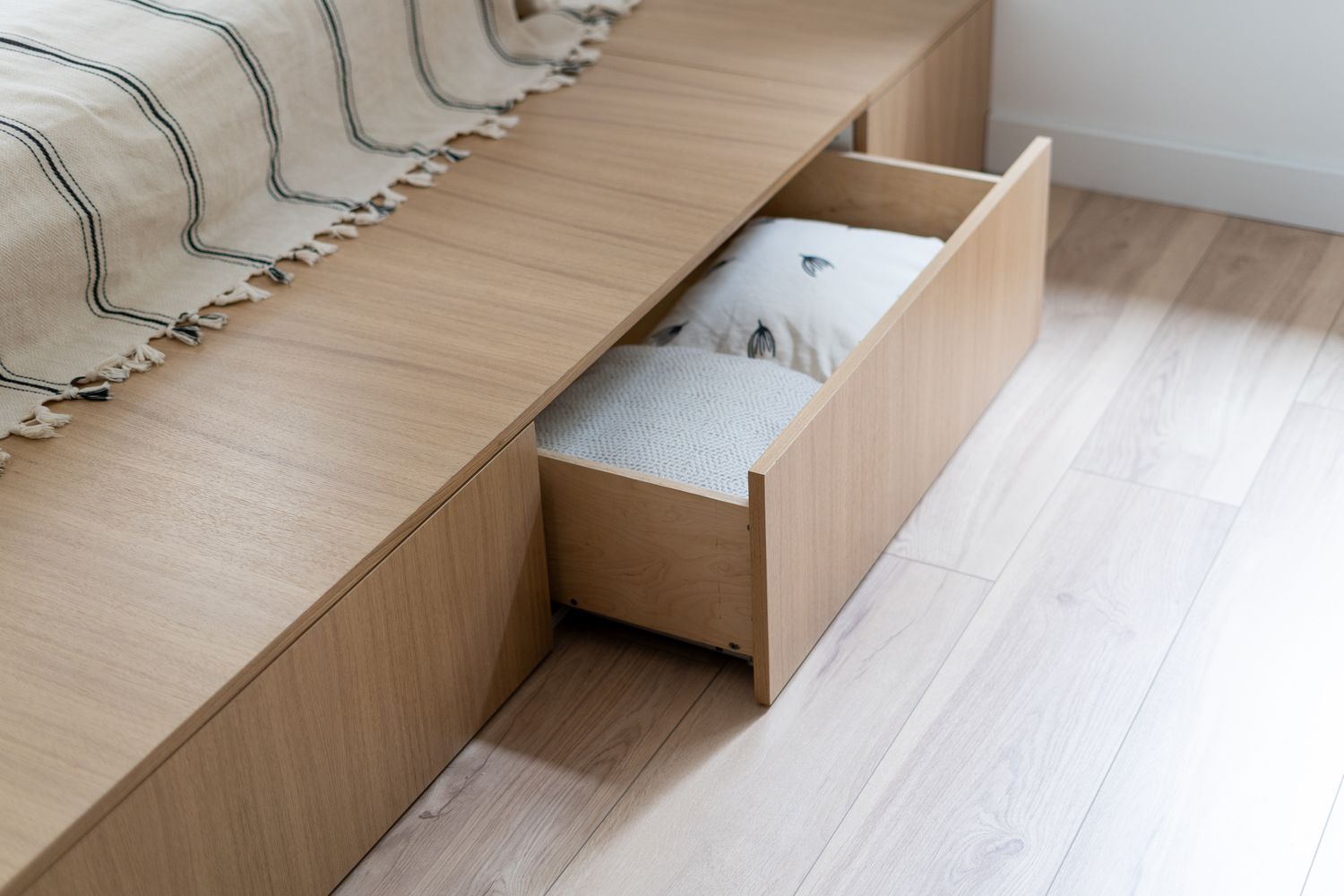
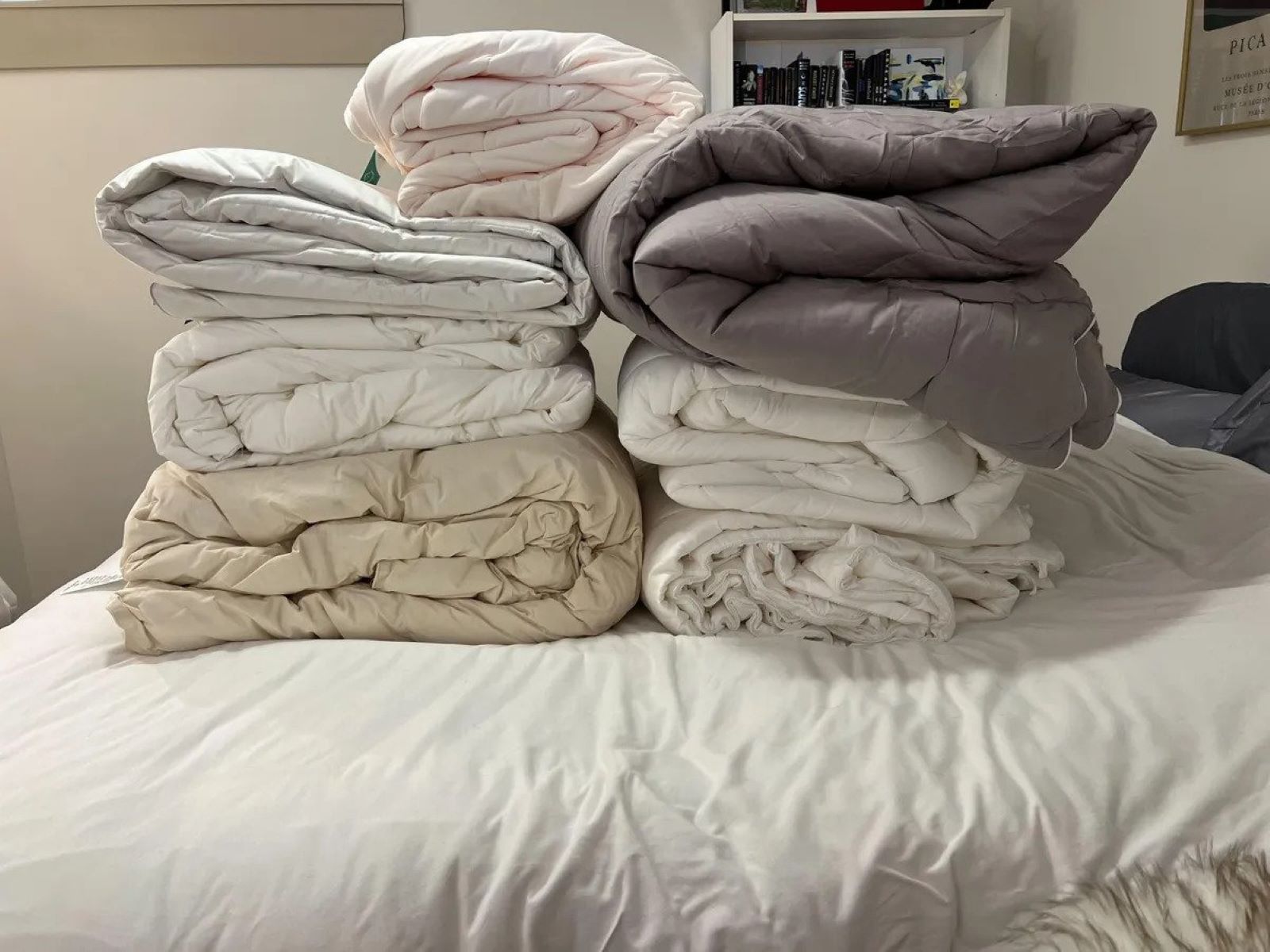



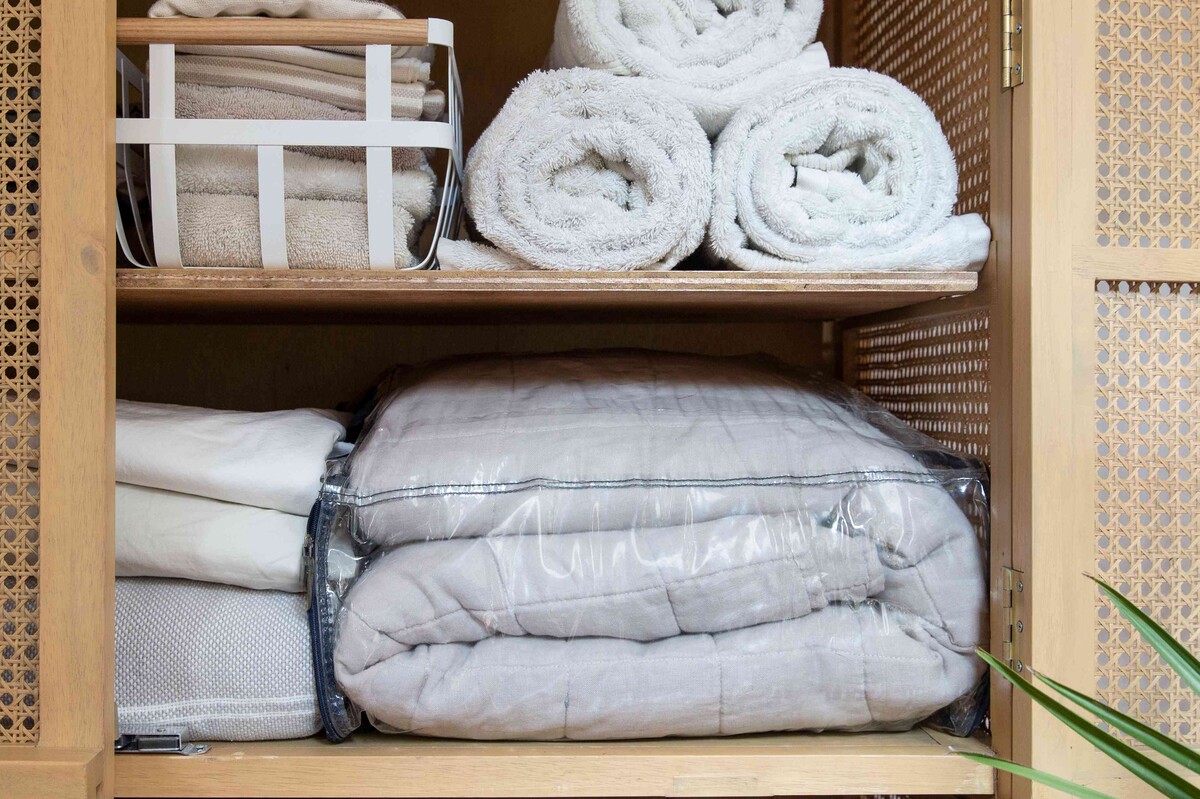
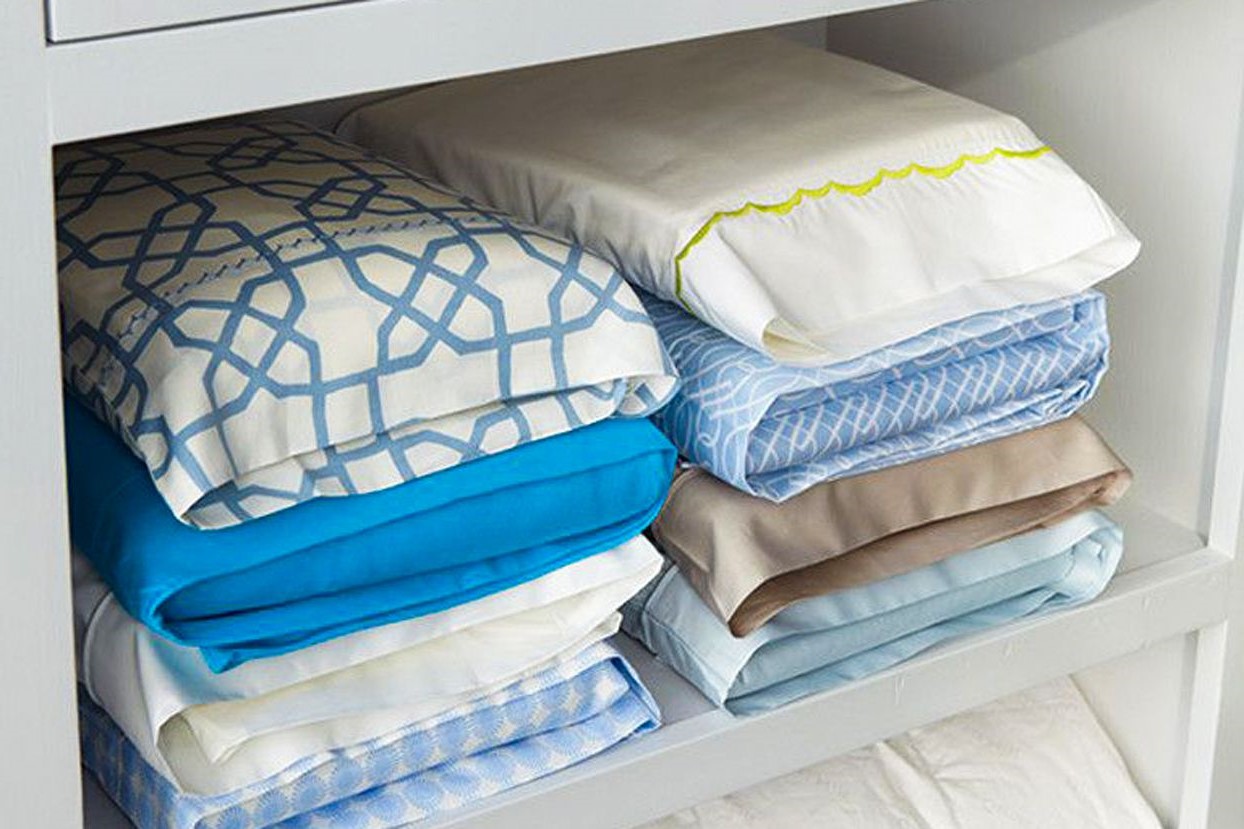
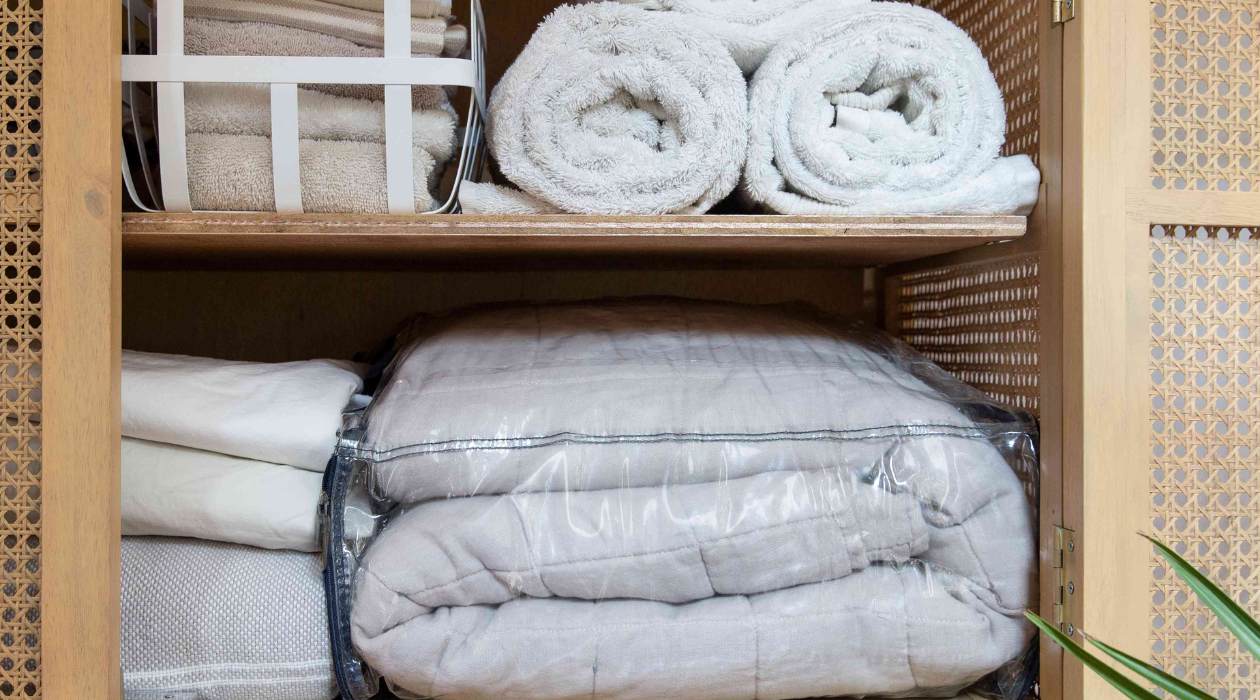

0 thoughts on “What Washer Setting For Comforter”